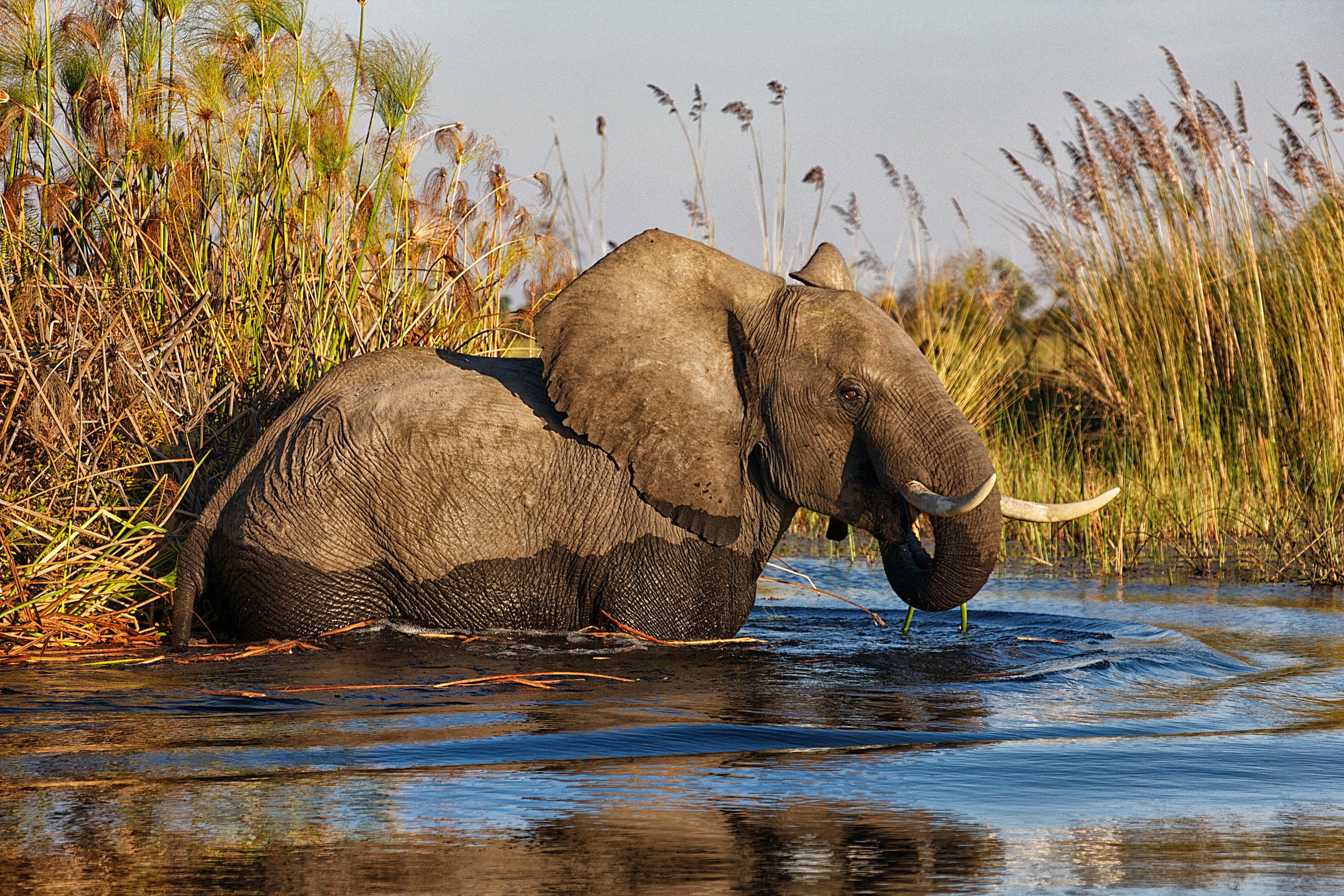The Mesozoic Era, spanning over 180 million years, witnessed the rise and fall of the dinosaurs, showcasing the intricacies of ancient ecosystems. While our knowledge of this bygone era is based on scientific research and paleontological discoveries, it offers valuable lessons that can inform modern conservation efforts. By examining specific examples from the age of dinosaurs and the subsequent events, we can gain scientific insights to shape our approach to preserving biodiversity and addressing contemporary conservation challenges.
Image by Jesus Pereira
Adaptive Radiation and Species Interactions
The age of dinosaurs exemplifies an era of remarkable adaptive radiation, where various species diversified to occupy ecological niches. An iconic example is the coevolutionary relationship between dinosaurs and early flowering plants. The appearance and proliferation of flowering plants likely influenced the evolution of dinosaurs, leading to new feeding strategies and habitat preferences. This underscores the importance of understanding species interactions and coevolutionary dynamics in conservation biology, as preserving ecosystems as a whole is crucial for the long-term survival of species.
Geological Events and Environmental Changes
The Mesozoic Era experienced significant geological events that impacted ecosystems and biodiversity. The breakup of the supercontinent Pangaea resulted in the formation of new landmasses, changing oceanic currents, and altering climatic patterns. For instance, during the Late Cretaceous, rising sea levels caused by tectonic activity led to the fragmentation of landmasses, creating new island habitats and influencing the distribution of species. Recognizing the influence of geological events on ecosystems provides insights into the dynamic nature of our planet and emphasizes the need for adaptive conservation strategies in response to environmental changes.
Mass Extinction Events
The Cretaceous-Paleogene (K-Pg) mass extinction event, which marked the end of the Mesozoic Era, resulted in the extinction of the non-avian dinosaurs and numerous other species. The catastrophic impact event, possibly an asteroid or comet collision, caused widespread devastation, including wildfires, global climate disruption, and the release of toxic gases. This event highlights the vulnerability of even the most dominant species and the importance of understanding and mitigating the factors that can lead to mass extinctions. Lessons learned from the K-Pg event emphasize the need for proactive conservation measures to prevent similar ecological catastrophes.
Fossil Record and Paleoenvironmental Reconstruction
Paleontological discoveries provide invaluable insights into the ancient ecosystems of the Mesozoic Era. Fossilized remains of dinosaurs, plants, and other organisms allow scientists to reconstruct past environments and understand the interplay between species and their habitats. By analyzing fossil assemblages, scientists can determine the composition and structure of ancient ecosystems, informing our understanding of modern biodiversity and ecosystem dynamics. This knowledge helps us identify key areas for conservation efforts, target endangered species, and develop appropriate management strategies.
Public Engagement and Education
The fascination with dinosaurs and their extinction has captured the public's imagination for generations. Paleontological research and discoveries have inspired and educated people of all ages, fostering a deeper appreciation for Earth's history and the importance of conservation. Public engagement and education initiatives that highlight the significance of paleontological findings can raise awareness about conservation issues, promote responsible environmental stewardship, and encourage support for conservation programs.
Exploring the scientific aspects of the Mesozoic Era offers us valuable lessons in conservation biology. By studying examples of adaptive radiation, geological events, mass extinctions, paleoenvironmental reconstruction, and the impact of public engagement, we gain scientific insights to guide modern conservation practices. Understanding the intricate web of species interactions, recognizing the role of geological events, mitigating mass extinction risks, leveraging paleontological data, and engaging the public are crucial components in safeguarding biodiversity and preserving our planet's

















